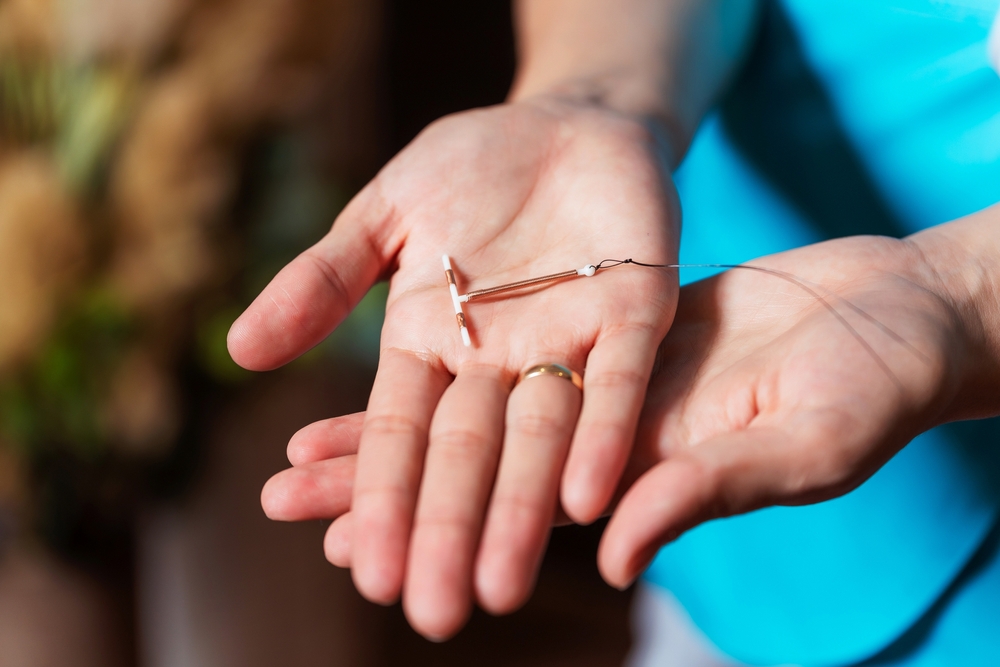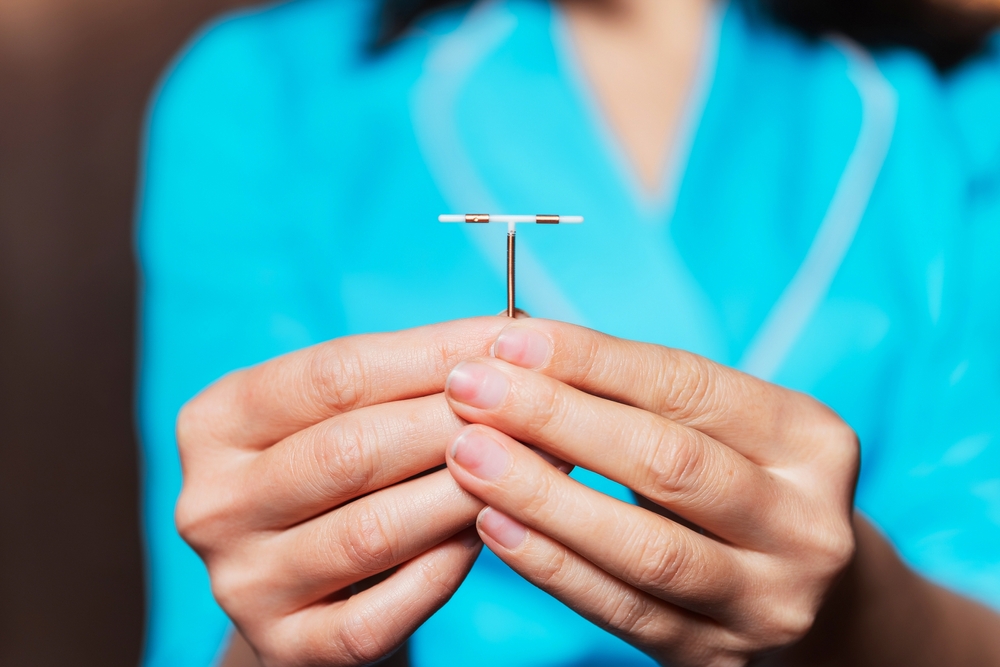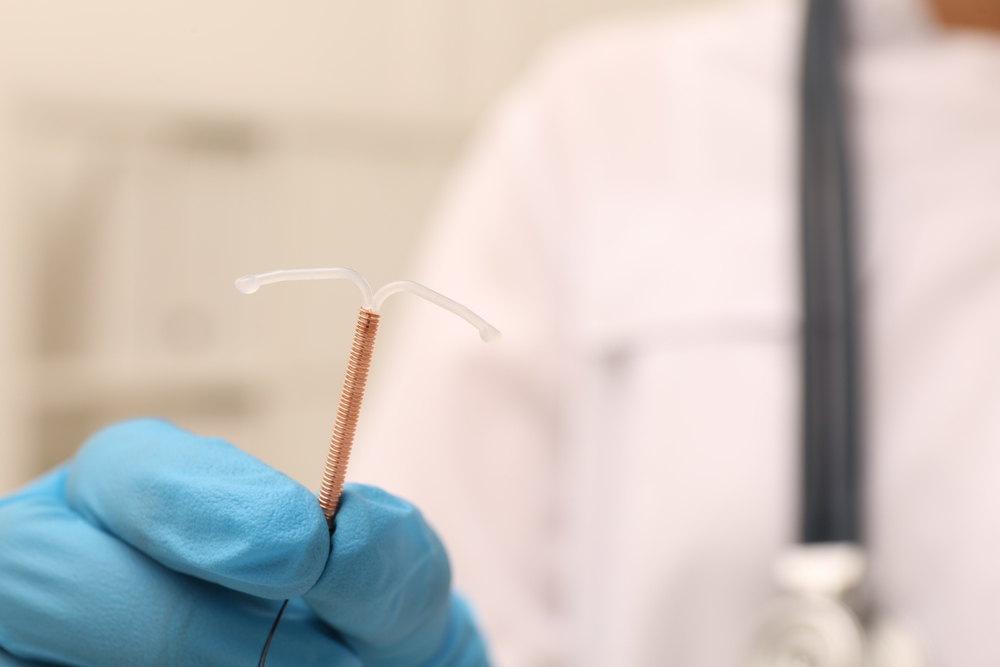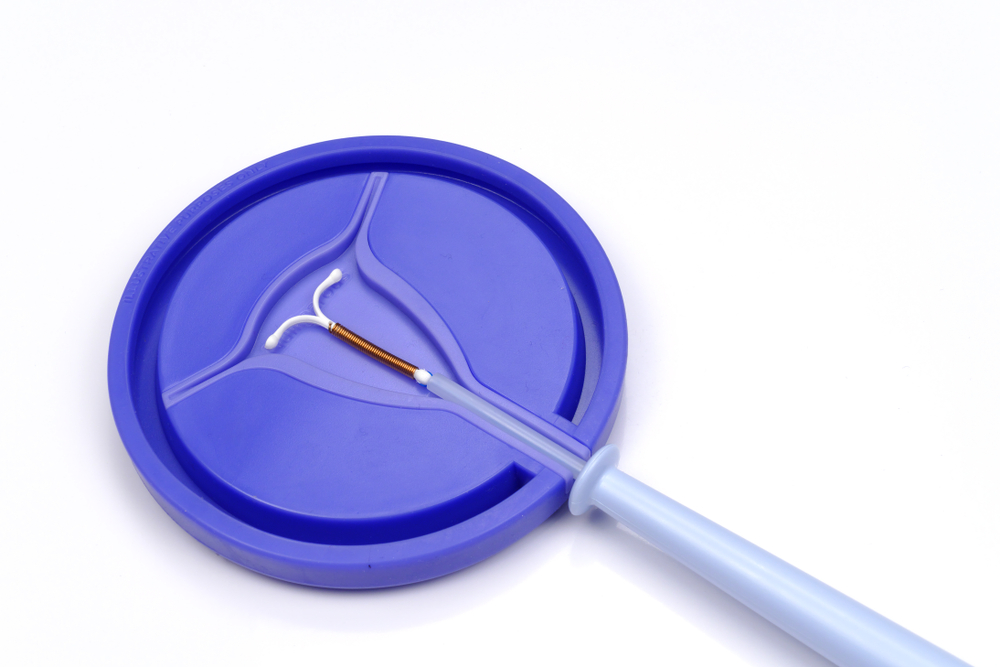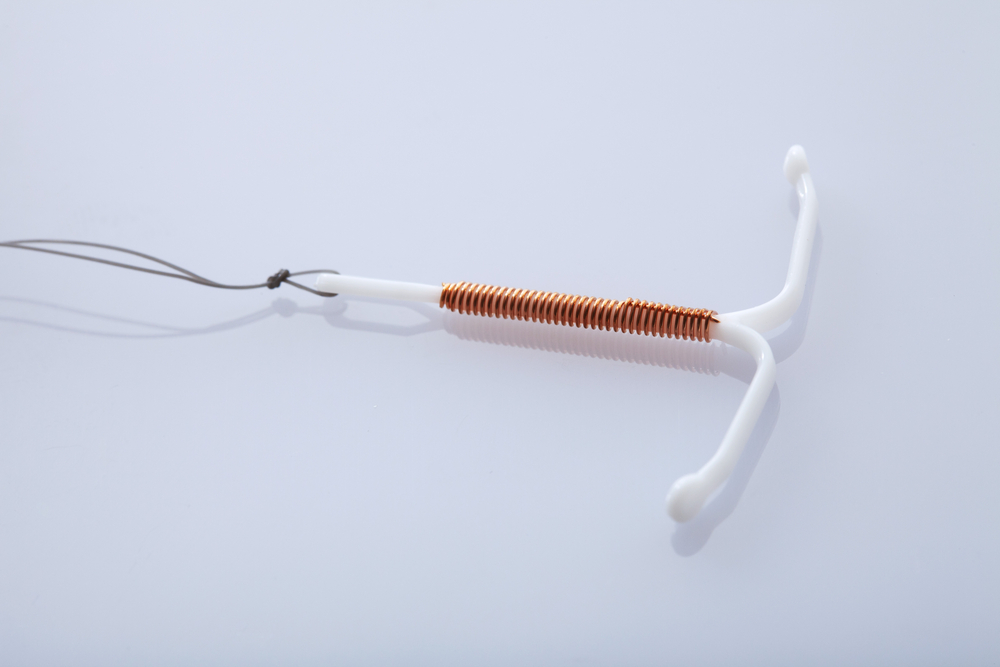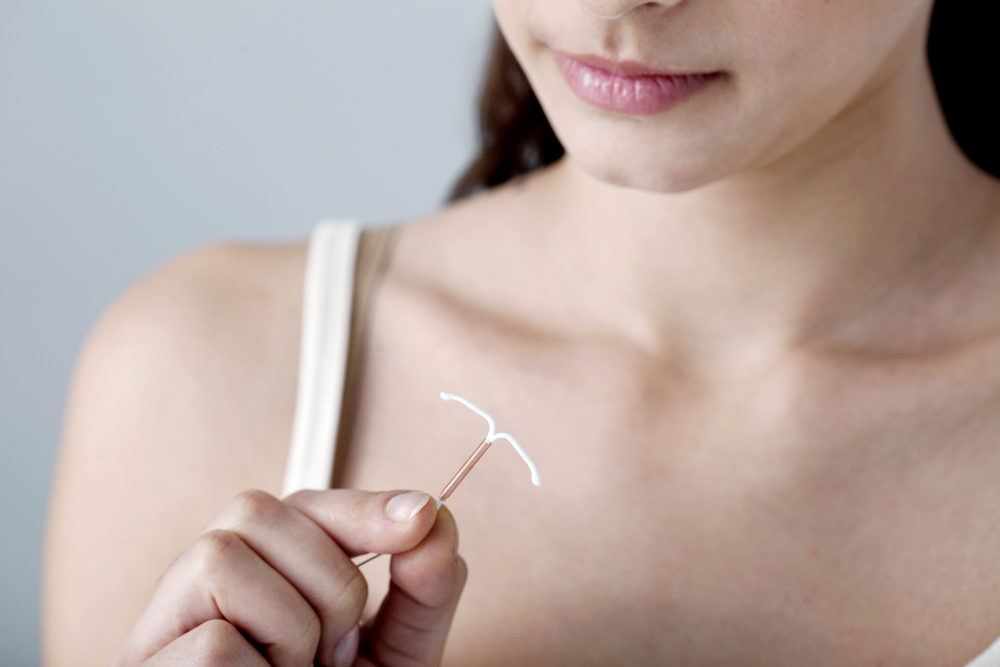Paragard IUD Injuries Lead to Lawsuits Across the U.S.
About Paragard IUD Lawsuits
- The Paragard intrauterine device (IUD) is a hormone-free, long-acting, reversible contraceptive made of copper. It has been linked to various reproductive health injuries, including uterine perforation, pelvic inflammatory disease (PID), and unexpected life-threatening pregnancy.
- Thousands of women who suffered these complications after using the Paragard IUD are filing lawsuits against its manufacturers, claiming a design flaw in the device caused it to break apart inside the uterus during removal. In some cases, broken pieces perforated the uterus or cervix and required surgery.
- A Paragard lawyer with experience in product liability cases can help injured women file a personal injury lawsuit to recover compensation for their medical bills, lost wages, pain and suffering, and other damages.
Paragard Lawsuits FAQs
Why are women filing Paragard lawsuits?
Women who have suffered injuries from Paragard IUDs are filing lawsuits because they were not properly warned about critical side effects, specifically device breakage upon removal that can cause serious injuries. Paragard lawsuits claim defective design of the product, negligence by the manufacturer, and failure to warn of the risks.
What are some possible side effects of Paragard IUD removal?
IUD removal is usually a quick and safe outpatient procedure, with some pain and cramping expected in the first few days. But some women in clinical trials have experienced side effects such as vaginal bleeding, slow heart rate, pelvic pain, fainting, and seizure. If pieces of the Paragard device break off during removal, they could poke through or attach to the uterine wall. Signs that this has occurred include heavy vaginal bleeding, abdominal pain or cramps worse than a normal period, fever, fatigue, or painful sexual intercourse. Some of these symptoms can also be long-term side effects of the Paragard IUD which typically disappear after a normal removal.
Can I file a Paragard lawsuit?
If you have suffered injuries from a Paragard IUD, you should contact an attorney specializing in Paragard lawsuits to determine your legal options. Many individual Paragard lawsuits were consolidated into multidistrict litigation (MDL) in 2020 under one court, the U.S. District Court for the Northern District of Georgia. Multidistrict litigation is designed to streamline the legal process. Judge Leigh Martin May is currently overseeing all discovery and pretrial proceedings.
What does Multidistrict Litigation (MDL) mean for Paragard lawsuits?
The Paragard MDL judge will select a small number of individual lawsuits to serve as bellwether – or test – cases. The outcome of these bellwether trials can help establish whether the defendant offers a settlement and in what amount of compensation. Plaintiffs are then organized into categories according to the severity of their injuries and receive a corresponding set award. Future Paragard lawsuits may be chosen to join the MDL, and a lawyer can help you determine if your case meets the criteria.
What’s happening with the Paragard lawsuits now?
The Paragard IUD lawsuits were consolidated more than three years ago, but new cases are still being filed. The first bellwether trial is set for October 28. This likely means the first case will not go before a jury until 2025. Both parties hope a settlement agreement can be reached before this happens, especially since this MDL has been so slow-moving. There are currently more than 2,400 active lawsuits pending in the Paragard MDL.
How can a Paragard IUD lawyer help?
If you used Paragard IUD as a form of birth control and it broke before or during removal, you may qualify for a lawsuit. You will need documentation and medical records proving that the broken device caused your injury or complications. A Paragard personal injury lawyer can help you decide if you have a case and guide you through each step of the litigation process. Find a lawyer who will give you a free case consultation and will not charge for services unless you win your case.
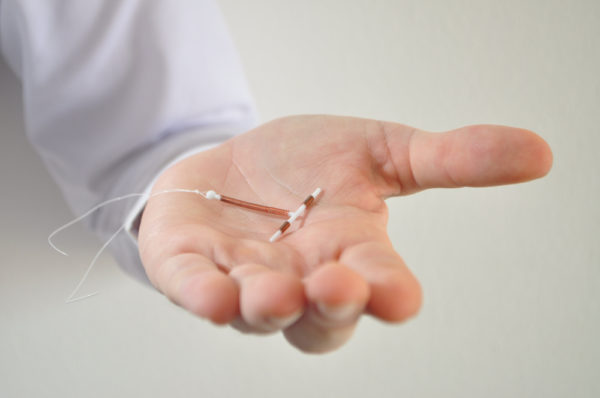
Table of Contents
About 65% of women in the U.S. – roughly 47 million – use contraception to prevent pregnancy. One in 10 women chooses long-acting reversible contraceptives (LARC). Among LARC options, intrauterine devices (IUDs) are common, given their convenience and low maintenance levels. However, there are risks associated with IUDs that patients may not know. Paragard, the only copper IUD available in the U.S., faces thousands of lawsuits from people who allege the device has injured them.
Introduced in 1987, the Paragard IUD is non-hormonal and wrapped in copper, making it ideal for women who don’t want to have the side effects associated with hormonal birth control. Paragard is inserted into the uterus by a doctor in a medical office. It is effective for up to a decade. Because it’s about the size of a quarter, it’s often non-intrusive, and the pain after insertion doesn’t last for long. Some may experience heavier menstrual cycles while using Paragard, and people allergic to copper are advised not to use it.
Paragard is touted as a good, low-cost solution, and it’s not surprising that it is a top choice for OB-GYNs and patients. In rare instances, though, Paragard can cause injuries and even be dangerous. Thousands of women have filed lawsuits against Paragard manufacturers, claiming they didn’t adequately warn consumers about the potential dangers of the Paragard IUD.
Paragard Injuries
Most Paragard users will not experience serious complications, but those who do may see detrimental impacts on their mental and physical health. Some frequent problems with Paragard include:
- Uterine perforation: In some cases, an IUD can tear the uterus, which can lead to severe issues. Some potential side effects include abdominal pain, heavy bleeding, and nausea.
- Expulsion from the uterus: IUD expulsion is what it sounds like — an IUD falls out of the uterus and sometimes falls out of the body entirely. In this case, you wouldn’t be protected from pregnancy and may even have a fever due to infection.
- Ectopic pregnancy: In an ectopic pregnancy, a fertilized egg attaches outside of the uterus. If you get pregnant while using an IUD, the risk of ectopic pregnancy is higher. While prescription medication can treat an ectopic pregnancy, some cases will require surgery and might become life-threatening.
- Pelvic inflammatory disease (PID): PID is an infection of a woman’s reproductive organs, and sexually transmitted diseases like chlamydia can cause it. Paragard IUD insertion can also increase the chances of PID.
- Menstrual problems: Hormonal IUDs can shorten or lighten a menstrual cycle, but the Paragard IUD may make it heavier and last longer. Inflammation from the copper can increase cramping and abdominal pain as well.
Lawsuits Against Paragard
In 2019, the U.S. Food and Drug Administration (FDA) sent a warning letter to the manufacturers of Paragard, saying that the product’s advertisements didn’t adequately alert patients to possible risks. Here’s an excerpt from its statement:
“The TV ad includes the statement as onscreen superimposed text (SUPER), ‘Don’t use Paragard if you have certain cancers[,]’ the TV ad fails to include any of the other contraindications for the product, such as acute pelvic inflammatory disease, or current behavior suggesting a high risk of pelvic inflammatory disease.”
Women who have experienced Paragard IUD complications may have recourse to pursue legal action. At the end of 2020, dozens of lawsuits against Paragard were consolidated into multidistrict litigation (MDL) and transferred to the same court. MDL is often used after product liability suits, and it’s designed to make processing the cases more efficient. One judge manages the legal process, which helps rulings stay consistent. While the cases are now being consolidated, women who have suffered Paragard IUD injuries still have time to consider a lawsuit if they haven’t already.











